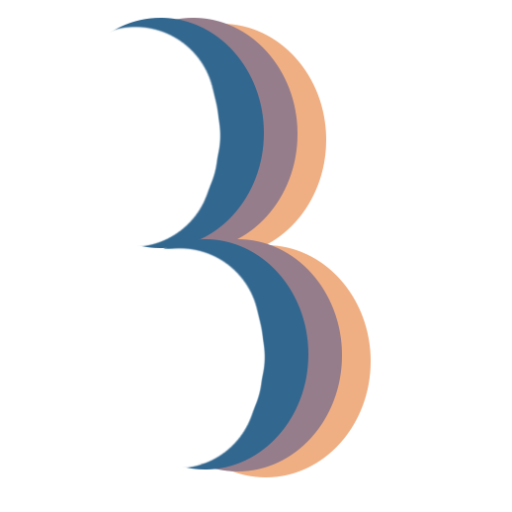
Mastering intensive and extensive reading for language learning
Mastering intensive and extensive reading for language learning
Language, and therefore language learning, involves four skills – (production) speaking and writing, and (comprehension) listening and reading. Similar to the exercises we did as children to learn and practice our native language, this involves reading both intensively and extensively.
What is intensive reading?
Intensive reading is much slower and requires more focus and attention to detail to gain maximum understanding. This involves breaking down a sentence to fully understand each word, the grammatical structure, and the meaning that is created as they work together.
While practicing intensive reading for language learning, it is recommended that learners have a dictionary on hand in order to look up each word that they are not familiar with. If any phrase doesn’t make sense to the reader, they should take the time to try to decipher it by looking up definitions and trying to put the meaning together with context. Details, detail, details.
This is where learners will develop their vocabulary by picking up new words and ways to express thoughts. For beginners, it is especially helpful for those important words that occur repeatedly. Take a pencil and make notes, write translations, really take your time with it.
What is extensive reading?
In extensive reading, quantity is more important than the quality of comprehension meaning that it is less important that you understand every single word or every sentence but are shooting for general understanding. Learning how to be comfortable with ambiguity is key. We are focusing less on the details here.
Extensive reading will be most enjoyable for learners that already have some level of knowledge of their target language but can also be helpful for beginners. If reading along with audio with a platform like libro.fm, this will help learners develop familiarity with pronunciation and grammatical patterns.
How to make it work for you
Whether reading intensively or extensively, using stories and novels or material that is interesting to the reader helps learners remain engaged and consistent.
Intensive reading takes much more active effort and therefore should be limited, perhaps at no more than 30 minutes at a time. Beginners may practice reading through a book or text that they are familiar with having already read through it intensively. If you have already gone through and made notes in the book, even better.
Personally, I typically try to set aside an hour of reading every day splitting my time evenly between intensive and extensive reading of the target language once I reach intermediate level. At the beginning of my journey with a language, I will only get a page or two read in that entire hour because my vocabulary isn’t developed enough to have even a general understanding without looking up almost every word — and that’s perfectly fine. After breaking down a paragraph, I just go back over it and visualize what I’m reading.
The nice thing about reading is that you can take it as slow as you need to.
